Date: 4 September 2013
Electrochromic, Suspended Particle, and Thermochromic Technologies for Architectural and Transportation Applications: Global Market Analysis and Forecasts Smart glass, also known as switchable, dimmable, or dynamic glass or glazing, varies the light transmittance and thermal properties of windows.Static high-specification glass can be manufactured to improve insulation values, glare control, or passive heating and lighting levels – but never all three. Smart glass can optimize each, as it lightens or tints depending on ambient conditions, programming, or user controls. Projections of building energy performance show significant gains from the use of smart glass, as do other metrics such as occupant comfort and satisfaction.The design trend in buildings and vehicles is for greater use of glass. Yet, building regulations and voluntary measures are pushing for improvements in energy performance. Smart glass can satisfy both the design aspirations for increased glazing and the push toward lower energy consumption. Although technology costs are expected to drop and production volumes increase, smart glass will remain a niche product within a large global glazing market. Many of the adoption barriers could start to recede during 2013-2022, leading to greater growth for smart glass beyond the forecast period. Navigant Research forecasts that smart glass glazing units will grow to just over 2.7 million m2/29 million SF by 2022.This Navigant Research report provides an analysis of various smart glass technologies and their applications in buildings and the transportation market. It provides insights on the go-to-market strategies for market participants and considers how relationships with glazing sector companies and suppliers are shaping the market. Market forecasts for glazing unit product volume and value, segmented by technology and end-market sector, extend through 2022. The report also includes an examination of the market drivers and barriers, as well as costs and benefits, related to smart glass.
Key Questions Addressed:
What are the differences between the current and future smart glass technologies?What is the value proposition of smart glass for various market players?How will smart glass technology companies achieve greater market penetration?What advances will improve the performance of smart glass?How will smart glass be better integrated with other building systems?Which end-use sectors show the greatest growth prospects?What level of price reductions are expected through 2022?

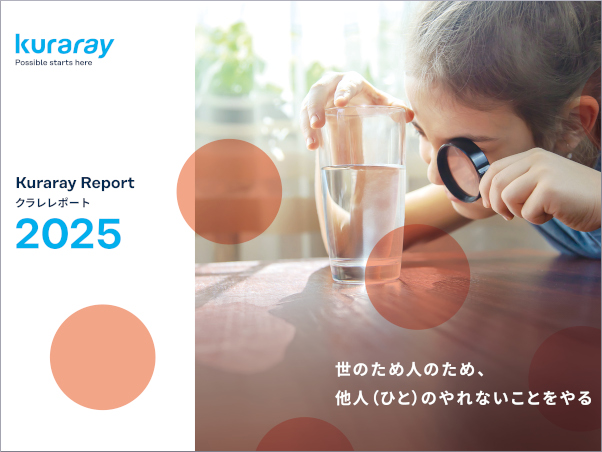
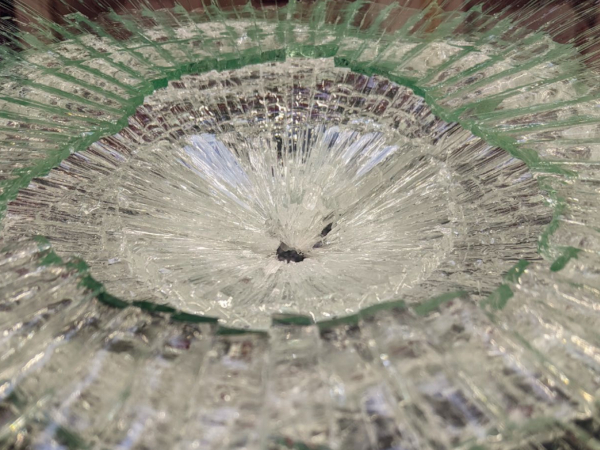

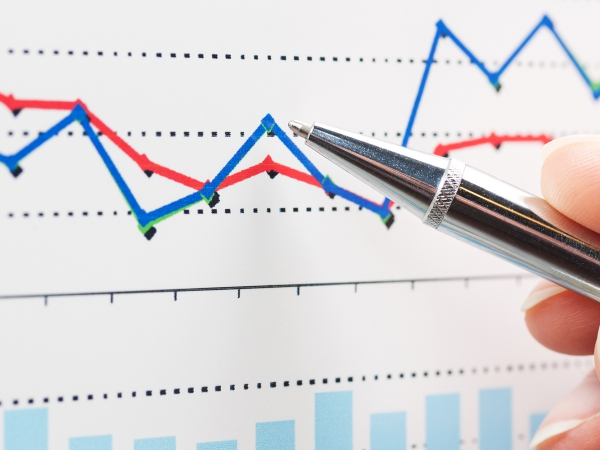



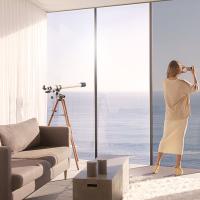
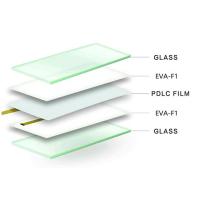
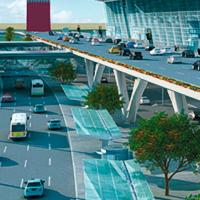
Add new comment